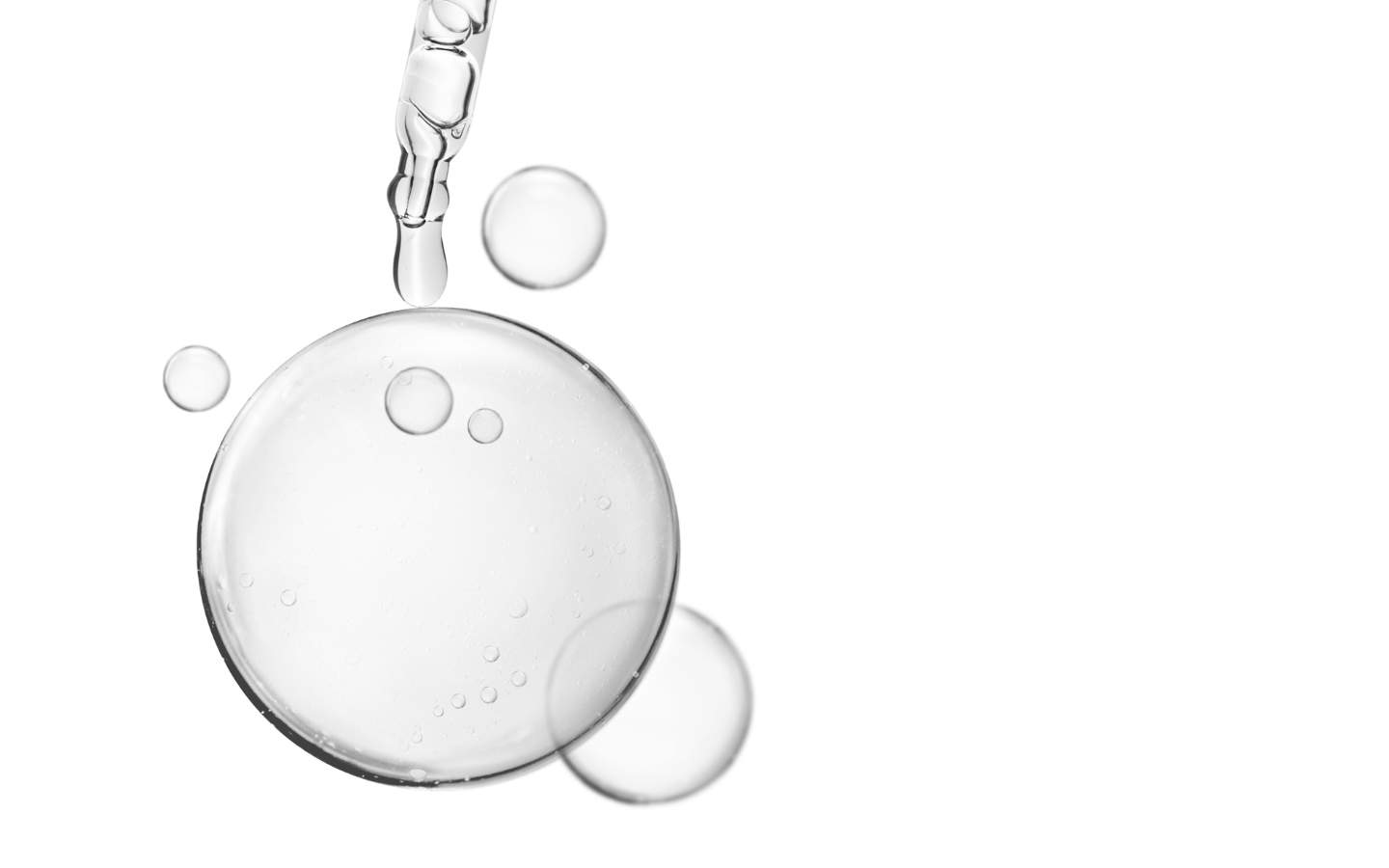

SORBITOL-
What effect does the ingredient sorbitol have on the skin?
Sorbitol is a moisturizing and nourishing ingredient. How sorbitol works, which areas of application there are and how it is obtained, you can find out here.
Was ist Sorbitol für ein Inhaltsstoff und wie wird er gewonnen?
Sorbitol, also known as glucitol, is a hexavalent sugar alcohol and is commercially available as an aqueous solution or as a white, odorless powder. Sorbitol is very soluble in water and heat stable. Its pH value is about 6-7. The chemical substance designation standard for sorbitol is CAS number: 50-70-4.
Sorbitol occurs naturally, for example, in the rowan plant, which also gave it its name (German “Vogelbeerbaum”, Latin “Sorbus aucuparia”). Industrially, sorbitol is today usually obtained from corn.
Sorbitol has fragrancing, moisturizing, skin care and perfuming properties. As a fragrance, it is a component of perfume oils and/or flavors. Sorbitol binds moisture in cosmetic products, keeping the skin in good condition. Furthermore, it improves the smell of a product and/or perfumes the skin. The ingredient is mainly used as a humectant and moisture-binding active ingredient in skin care emulsions. Less frequently, it is also used in hair care products, when it is used as a skin irritation-mitigating substance in cleansing preparations for skin and hair.
In emulsions, sorbitol is usually used at 2-5%. In cleansing products, comparable to glycerin, 5-10 % have proven successful. As a “moisture-retaining” ingredient, sorbitol is very well suited for dry skin. However, the ingredient is also recommended for all other skin types, as it is known to keep the skin in good condition in general.
Provided that the use concentration described above is not exceeded and the product is used as intended, the ingredient is not of concern.